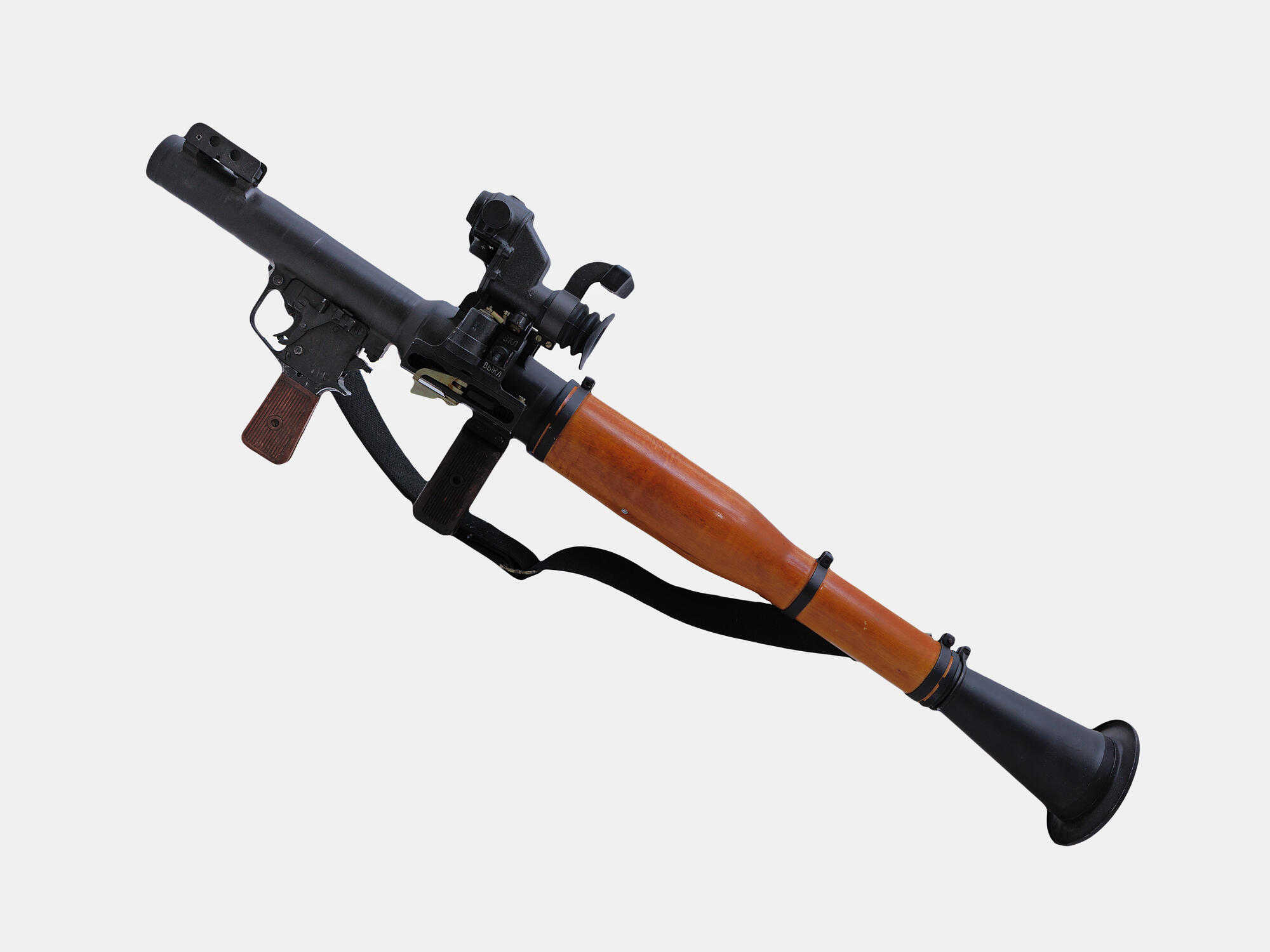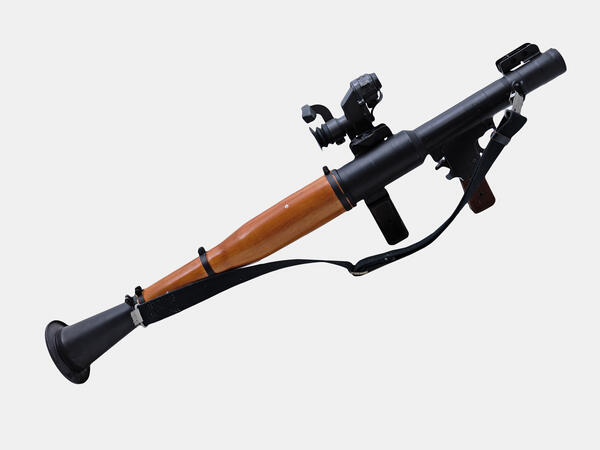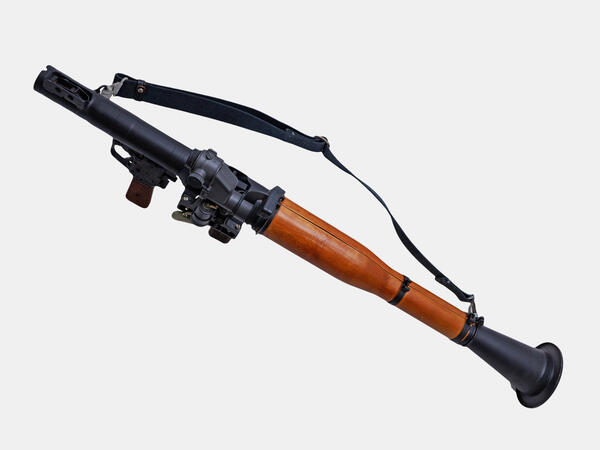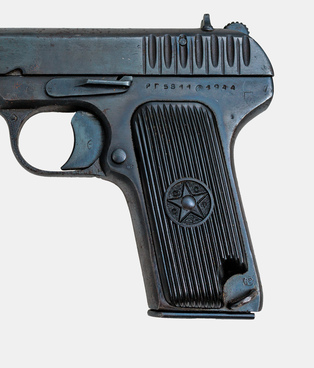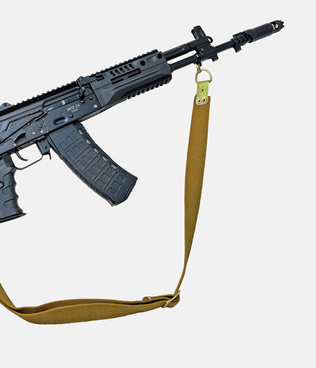The RPG-7 rocket-propelled anti-tank grenade launcher with the high-explosive PG-7V warhead was adopted into service with the Soviet Armed Forces in 1961. Subsequently, modified and improved versions of the launcher were developed. Hence, it still meets the basic requirements of most armies and remains an effective weapon.
The ability to easily modify the launcher is a key factor in its long-term success: by refining or replacing certain elements, new characteristics could be obtained.
The main element of the RPG-7 is the grenade launcher itself. It is a recoilless launcher with guidance and control mechanisms.
From the get-go, the RPG-7 anti-tank grenade launcher was distinguished by its flawless design, so, in fact, it did not require any changes. However, several modified versions for one purpose or another have been developed over time.
The RPG-7D grenade launcher entered service with the Russian Airborne Forces in 1963. It had a two-piece launch tube (that could be easily disassembled) and bipods. In all other elements, it was identical to the basic RPG-7 model. Later, the “D” modification was improved, but the design of the launcher was not changed.
Many variants of the RPG-7D have been developed outside of Russia in recent decades. For example, the American company Airtronic has been producing the RPG-7 grenade launcher since 2009 — a copy of the Soviet launcher with improved ergonomic features. Many of its parts are made of plastic, and standard mounts for additional devices are installed on the barrel tube. The shape of the handles is different, and this model also has an adjustable stock.
Later, the Mk 777 grenade launcher was introduced — a lightweight version of the RPG-7. It has a composite barrel with a steel lining and a fiberglass tube. The number of combat accessories has been reduced. Due to these measures, the grenade launcher weighs only 3.5 kilograms. Other options for modifying the launcher have also been offered.
Such modifications of the standard RPG-7 model were
needed to improve its combat performance. Hence, new warheads were developed.
The main aim of improving ammunition was to reduce its size and weight and to
improve its armor penetration capabilities. In the recent decades,
fundamentally new warheads have been developed.
